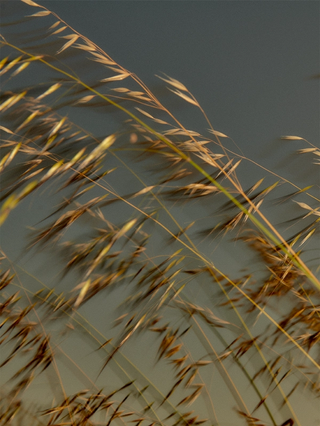VNTNRTM
VNTNRTM
VNTNRTM connects makers drinkers & thinkers in the pleasure of wine

The Folly of Dichotomyby Moira Tirtha
Illustration by Annabel Hyles

Old World and New World wine
The wine lexicon has long used descriptors of 'Old World' and 'New World' to provide a framework for understanding the characteristics of wines produced across regions. Simply put, the Old World refers to the traditional wine-producing countries stretching along the Mediterranean coast; where wine has been cultivated and crafted for centuries. These countries – France, Italy, and Spain – have a rich history of winemaking that spans back centuries. By contrast, the New World comprises all the countries that have entered the wine market in comparatively recent times; think Australia, the United States, and South Africa, among others.
Beyond geography, the Old World and the New World show different winemaking traditions, climates and regulations that construct a typicity in style. Old World wines, for example, are typically known for their restraint, showcasing complexity and more savoury notes. These wines are also typically lower in alcohol content. On the other hand, New World wines tend to be more powerful and fruit-forward with higher alcohol content. Consider the chardonnay grape, for instance: a Burgundian chardonnay will typically boast a higher acidity, with citrus-driven flavours and aromas and less influence from new oak – which translates to less toasty, vanilla characters. Meanwhile, an Australian chardonnay is more likely to exhibit ripe, almost tropical fruit-like characteristics, along with a more pronounced oak influence. Though this is certainly not always the case (which I’ll get to later).
But what produces such differences in style? In the Old World, winemaking practices are deeply embedded in history and are reinforced by regulations which means that regions exhibit distinct styles and flavours tied to their place of origin. For example, in Chablis, the northernmost part of Burgundy, chardonnay is the only white wine that is allowed to be produced if ‘Chablis’ is to appear on the label. Even more so, the wine must be fermented and aged in either stainless steel or neutral oak barrel; never new oak and must have an ABV of at least 10%. The region is divided into four tiers of quality based on the vineyard's location and grape quality.
"It’s perhaps translating now that such a dichotomy is full of sweeping generalisations and oversights, which is entirely true. French chardonnays can be rich and ripe, and Australian chardonnays can fall into the more subtle and chiselled ends of the flavour spectrum."
The New World is less bound to geography and rigmarole. The wine industries in these countries have historically been characterised by wine production without limits on quantity or quality. Climactic variances also play their part in creating certain flavour and aroma characteristics. Still, the best of the New World wine is testament to creativity and innovation, offering fresh perspectives on the world of wine, with boundary-pushing flavours, styles, and techniques that challenge tradition.
It’s perhaps translating now that such a dichotomy is full of sweeping generalisations and oversights, which is entirely true. French chardonnays can be rich and ripe, and Australian chardonnays can fall into the more subtle and chiselled ends of the flavour spectrum. Also, there’s the Ancient World, which doesn’t fit into this Old-New binary at all. Regions such as Georgia and Iran are considered the birthplaces of grape cultivation and winemaking, dating as far back as 6000BC. These regions have informed modern day wine production and occupy a different style altogether; one we won’t get into now.
When anyone begins learning about wine, you’ll inevitably discover that creating a framework of typicity is central to understanding. Learning the basics, however generalising, allows for a certain focus on identifying fruit, vegetable, spice, herb, and floral aromas and flavours as well as faults. It also helps distinguish what is derived from the grape, what comes from the place, and what comes from winemaking. And after those basics are down pat, you can spend the rest of your wine-drinking years unlearning old ideas and making room for new ones.
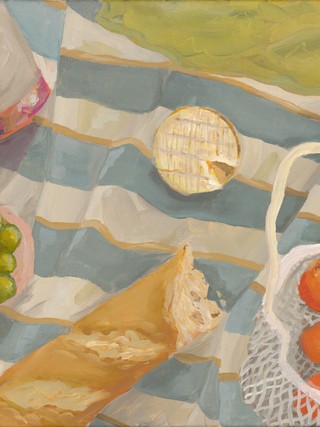

.png?rect=1,0,776,1036&w=320&h=427&q=90&auto=format)

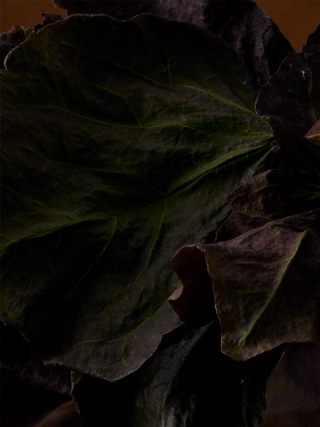
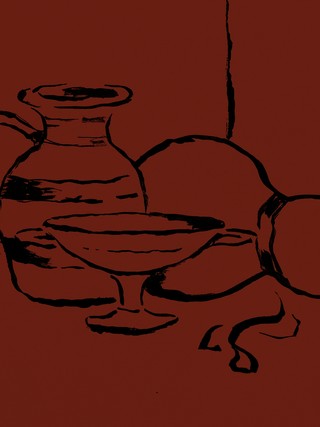
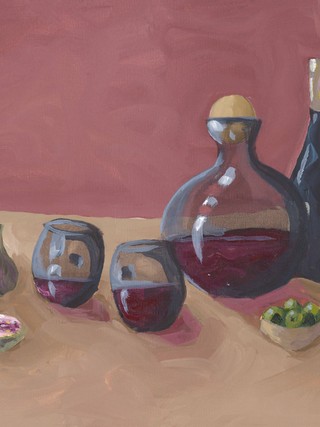

.png?w=320&h=426&q=90&auto=format)

